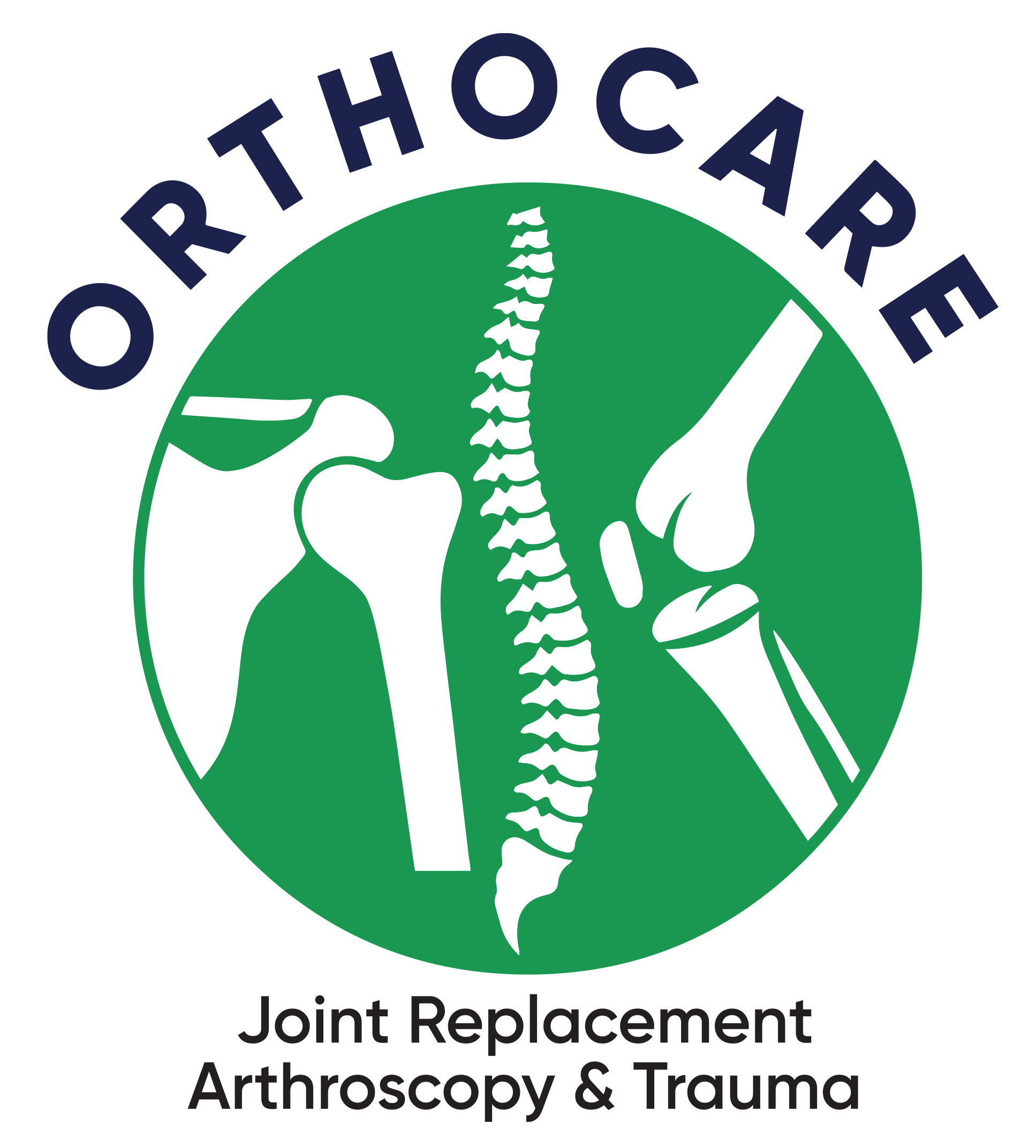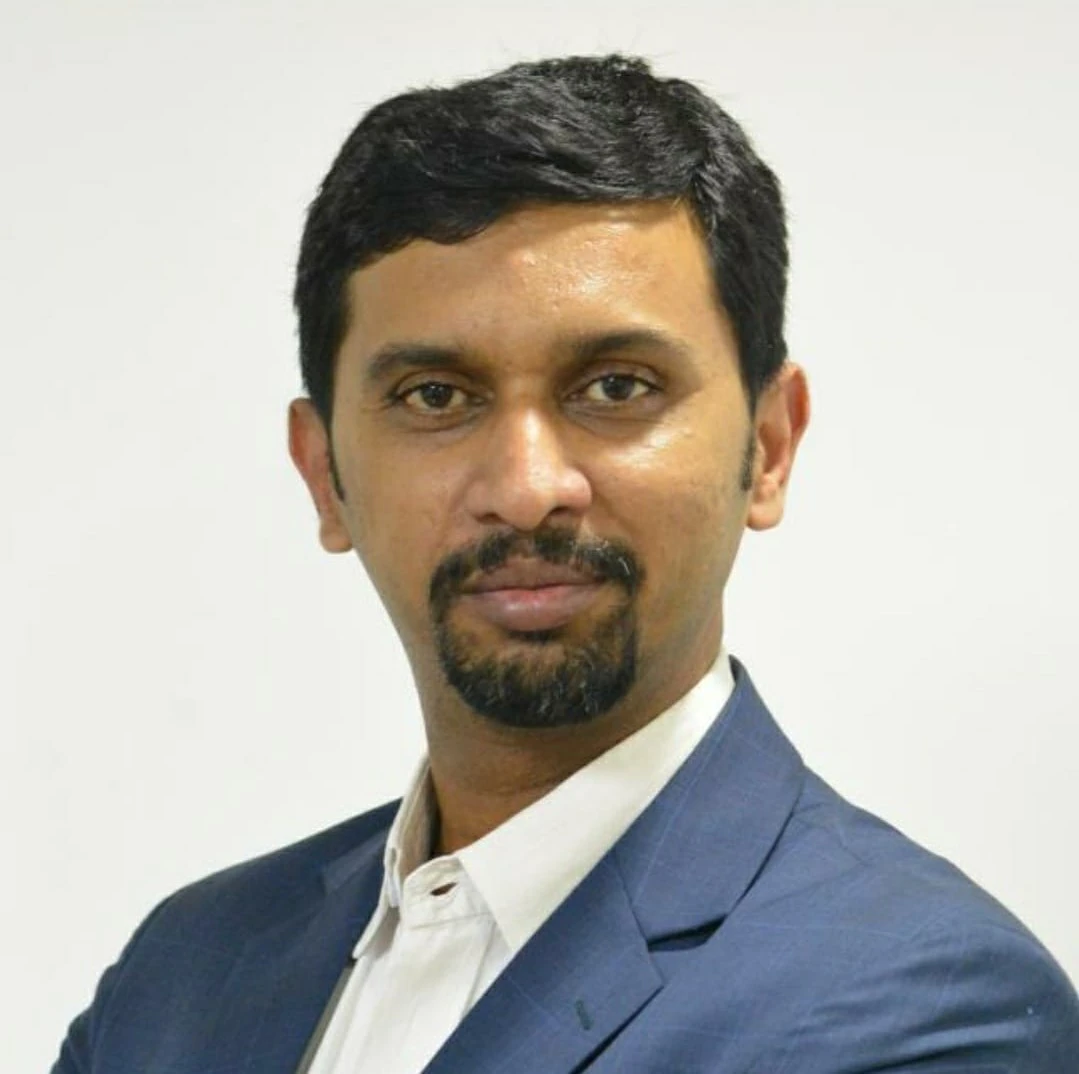Comprehensive Guide to ACL Injury Management in Children and Adolescents<br />
Anterior Cruciate Ligament (ACL) injuries, once considered uncommon in children, are now on the rise. With increasing participation in competitive sports at younger ages, the frequency of ACL tears in the paediatric population has significantly grown. Early diagnosis, proper management, and timely intervention are crucial in preserving the long-term knee health of these young athletes.
If you’re searching for the best ACL Reconstruction Surgery Doctor in Jayanagar, it’s vital to understand the nuances of ACL injuries in children and the importance of specialised care.
Understanding ACL Injuries in Children
The Anterior Cruciate Ligament (ACL) plays a vital role in maintaining knee stability. It helps control the forward motion and rotational movement of the shinbone (tibia) in relation to the thighbone (femur). When torn, it can cause knee instability, pain, and recurrent episodes of the knee “giving way,” especially during sports.
In children, ACL injuries present a unique challenge due to their open growth plates (physes). Unlike adults, where reconstruction can be done without worrying about bone growth, paediatric cases require careful planning to avoid affecting normal growth and development.
Causes of ACL Tears in Paediatric Patients
- Sports Injuries: The most common cause. Sports like football, basketball, gymnastics, and skiing carry a higher risk.
- Non-contact trauma: Often involves sudden stopping, twisting, or pivoting movements.
- Traumatic injuries: Such as falls or direct hits to the knee during play or accidents.
Symptoms of ACL Injury in Children
- A popping sound at the time of injury
- Immediate swelling around the knee
- Pain and difficulty walking
- A feeling of instability or the knee “giving out”
- Limited range of motion
It’s essential that these symptoms are not ignored or mistaken for minor sprains. Delay in treatment can lead to further damage to the meniscus or cartilage, which could affect long-term knee function.
Diagnosis of ACL Injuries
Diagnosis involves:
- Clinical Examination: Assessing knee stability, swelling, and movement.
- MRI Scans: Gold standard for confirming ACL tears and detecting associated injuries like meniscus tears.
- X-rays: To rule out fractures or assess growth plate status.
Non-Surgical Management: When Is It Appropriate?
In very young children or in partial tears, conservative management may be considered. This includes:
- Physiotherapy: To strengthen surrounding muscles and improve joint stability.
- Activity Modification: Avoiding high-risk sports or movements that strain the knee.
- Bracing: To provide external support during healing.
However, non-surgical methods are often temporary. Many children will still require surgery eventually due to recurrent instability or progression of the tear.
Surgical Management: ACL Reconstruction in Children
Surgical intervention is often necessary for complete ACL tears in active children. The primary goal is to restore knee stability without disturbing the growth plates.
There are two major surgical approaches:
1. Physeal-Sparing Techniques
Used for very young children with significant growth remaining. These procedures avoid drilling across growth plates, thus minimizing the risk of growth disturbances.
- Extra-articular techniques
- All-epiphyseal ACL reconstruction (drilling within the epiphysis, not crossing growth plates)
2. Transphyseal ACL Reconstruction
Used in adolescents closer to skeletal maturity. This technique allows more anatomical reconstruction, with careful drilling through the growth plates to minimise damage.
Each child is different. The approach depends on the child’s age, skeletal maturity, level of activity, and associated injuries.
Postoperative Care and Rehabilitation
After surgery, structured physiotherapy is essential to regain knee strength, flexibility, and function. Postoperative care usually involves:
- Crutches for 2–4 weeks
- Knee brace for stability
- Progressive range of motion exercises
- Muscle strengthening (especially hamstring and quadriceps)
- Return to sports only after 9–12 months, following clinical and functional recovery
Compliance with rehabilitation protocols is a major factor in the success of surgery.
Risks and Considerations in Paediatric ACL Surgery
- Growth plate injury: Improper technique can lead to limb length discrepancy or angular deformities.
- Re-injury: High re-tear rates if return to sports is premature.
- Psychological readiness: Children must be emotionally prepared for the physical challenges of rehab.
Therefore, the procedure should only be performed by experienced specialists who understand the complexities of paediatric knee anatomy.
Choosing the Right Specialist
When it comes to ACL Reconstruction Surgery Doctor in Jayanagar, expert orthopaedic care can make all the difference. Dr. Chethan Nagaraj, a highly experienced orthopaedic surgeon, specialises in managing sports injuries and ACL reconstructions in children and adolescents. His meticulous, growth-preserving surgical techniques ensure optimal outcomes for young patients.
You can consult him at Orthocare Clinic, Jayanagar – a trusted centre for orthopaedic excellence in Bangalore. The clinic is equipped with advanced diagnostic tools, minimally invasive surgical options, and personalised rehabilitation programs.
Prevention of ACL Injuries in Young Athletes
While not all injuries can be prevented, certain measures reduce the risk:
- Proper warm-up and cool-down exercises
- Neuromuscular training to improve balance and coordination
- Strengthening hamstrings and core muscles
- Avoiding early sports specialisation (multiple sports encourage balanced development)
- Educating children on safe landing and pivoting techniques
Parents, coaches, and trainers play a key role in ensuring that young athletes follow safety protocols during practice and competition.
Conclusion
ACL injuries in children are no longer rare. With rising sports participation, awareness and early management are more crucial than ever. Delaying treatment or opting for non-specialised care can jeopardise a child’s mobility and athletic future.
For families in South Bangalore, consulting an expert like Dr. Chethan Nagaraj at Orthocare Clinic, Jayanagar ensures that your child receives the best care tailored to their unique developmental needs.
When you’re looking for a reliable ACL Reconstruction Surgery Doctor in Jayanagar, trust a specialist who combines technical expertise with compassionate care. Early diagnosis, age-appropriate surgery, and structured rehab can help your child return to sports confidently and safely.
Meta Title : ACL Reconstruction Surgery Doctor in jayanagar
Meta Description : Looking for the best ACL Reconstruction Surgery Doctor in Jayanagar? Get expert care for paediatric ACL injuries at Orthocare Clinic.
Your Title Goes Here
Your content goes here. Edit or remove this text inline or in the module Content settings. You can also style every aspect of this content in the module Design settings and even apply custom CSS to this text in the module Advanced settings.

